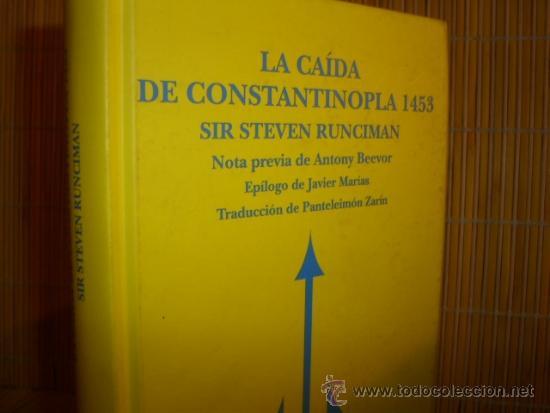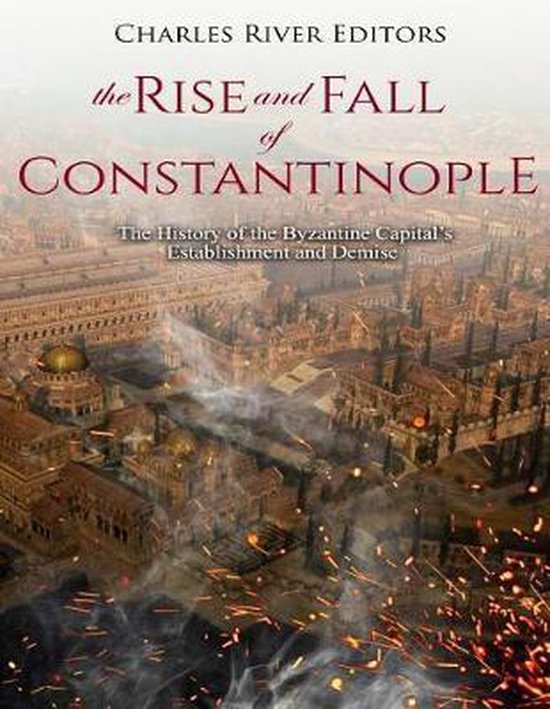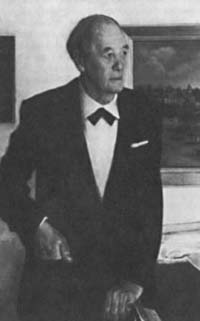
He published the following tribute to Sir Steven in The Anglo-Hellenic Review in 2001: It was he who, as Chairman of the Anglo-Hellenic League, instituted the Runciman Award which was first awarded in 1986. George Jellicoe (Earl Jellicoe, son of Admiral Jellicoe of Jutland fame) was a close friend of Steven Runciman. The author's straightforward historical narration, supposedly no longer fashionable, serves the book well and the siege itself is a stirring spectacular.The Hon Sir Steven Runciman CH FBA 1903-2000įaced by the mountainous heap of the minutiae of knowledge and awed by the watchful severity of his colleagues, the modern historian too often takes refuge in learned articles or narrowly specialized dissertations, small fortresses that are easy to defend from attack.

At the end, Constantinople was dead, and a new and different world began. The city was taken - and then, according to Islamic war laws, pillaged and looted for three days. But Sultan Mehemet was obsessed, moving his whole fleet on wheels across land to take the Golden Horn.

Against Turkish cannon and siege-engines, Constantine and his assorted Greek, Venetian and Genoese soldiers kept the walls of the city standing and the harbor of the Golden Horn protected.

Outnumbered by some 80,000 to 7,000 men, the Christians fought with incredible valor. But the story of the two-month siege itself is straight, exciting narrative. The rise of the Ottoman Turks and the decline of the last Christian Emperors of Byzantium are chronicled with the inevitable jumble of obscure names and places that usually puts the general reader off. To his credit, this British historian has simply told the ""story,"" with not a disturbing footnote on the way, (but with ample notes, documentation and bibliography at the end to establish its scholarship). But Constantinople fell hard and its conquest makes a story in itself. It was the end of an old story, the 1100-year-old Byzantine civilization, and the beginning of the Moslem Turks' hegemony over Eastern Europe. May 1453 - the Imperial city of Constantinople fell to the ottoman Turks under the leadership of Sultan Mehmet the conqueror.


 0 kommentar(er)
0 kommentar(er)
